xkcd + numbers on online communities. Need I say more? Along the same lines as the Web 2.0 Points of Control, xkcd maps online communities with fictitious regions sized by the amount of daily social activity. Beware of the Bay of Flame in the Blogosphere and the Northern Wasteland of Unread Updates in Facebook. Personally, I like to hop between the Twitter and YouTube islands.
It’s most interesting when you compare it to the 2007 map where MySpace, Yahoo, and Windows Live ruled the land. I guess things are a little different nowadays.
Make sure you check out the large version.
[xkcd | Thanks, Elise]

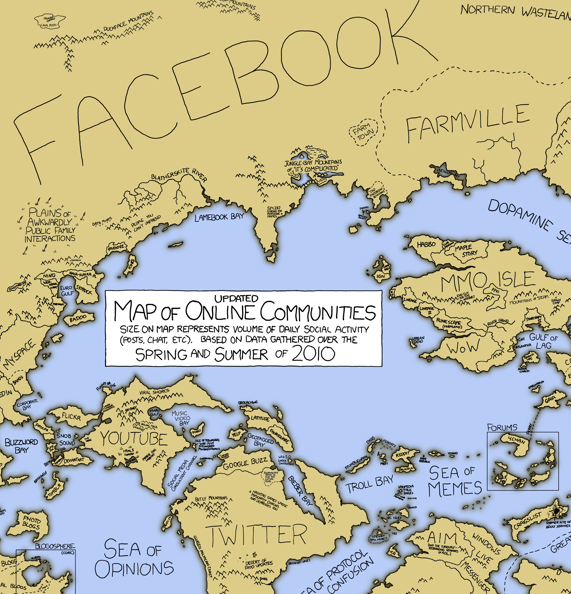

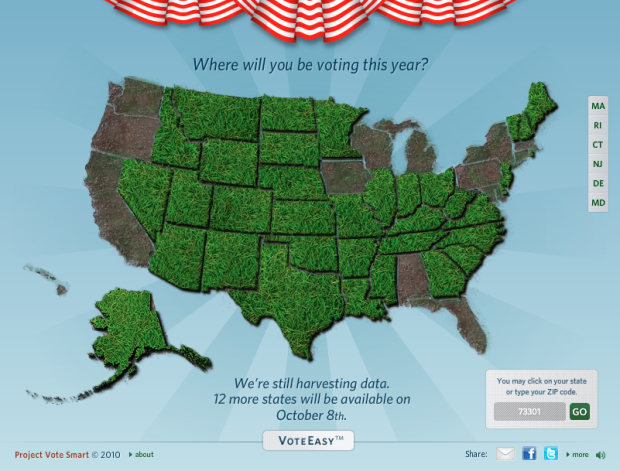

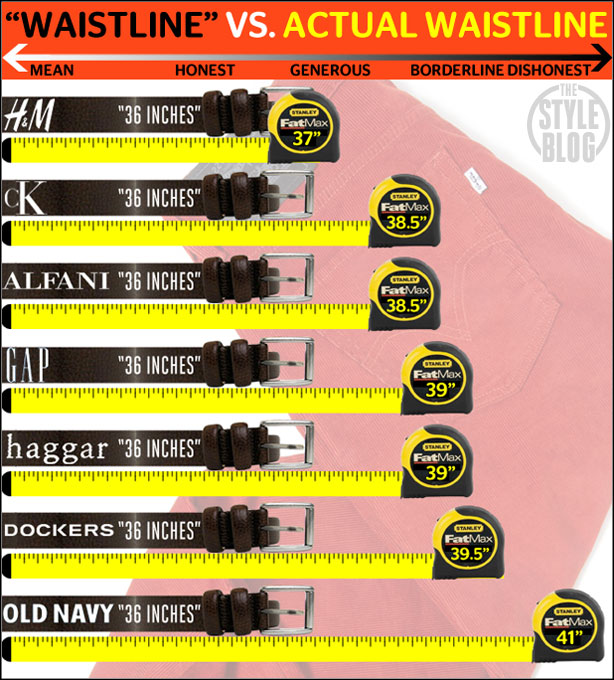
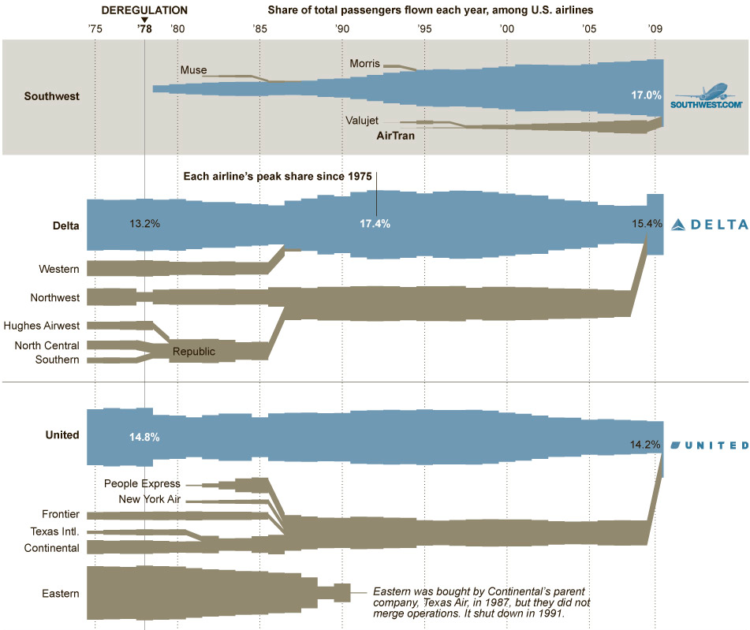
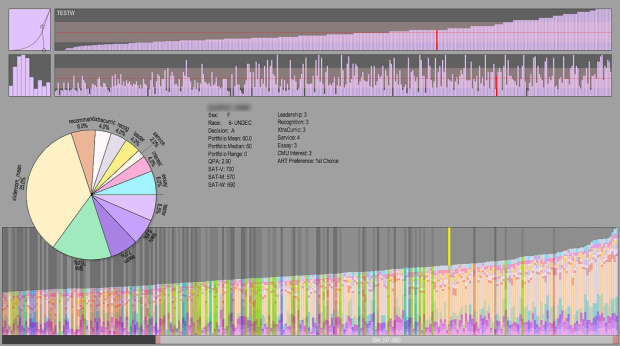

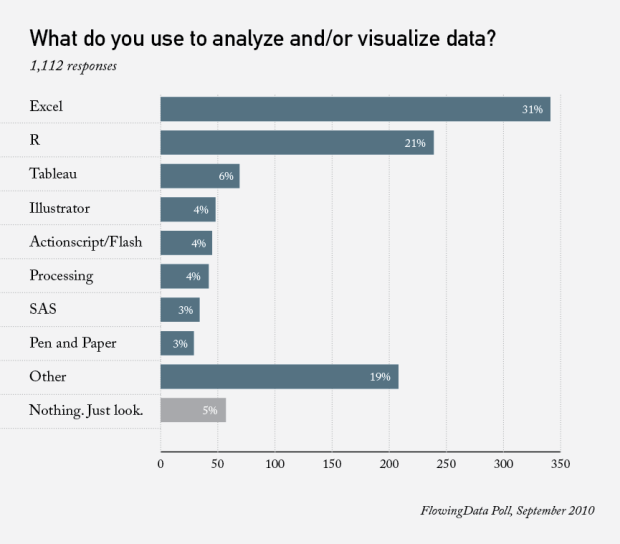
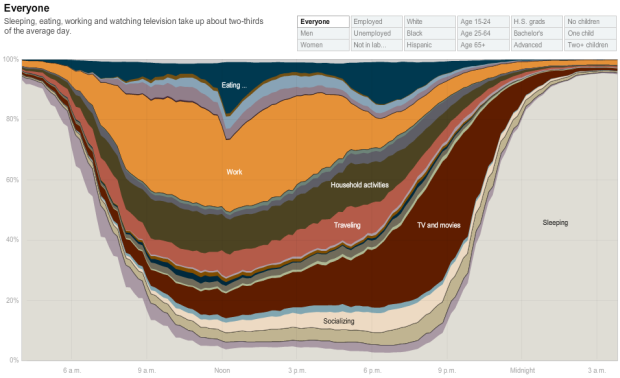
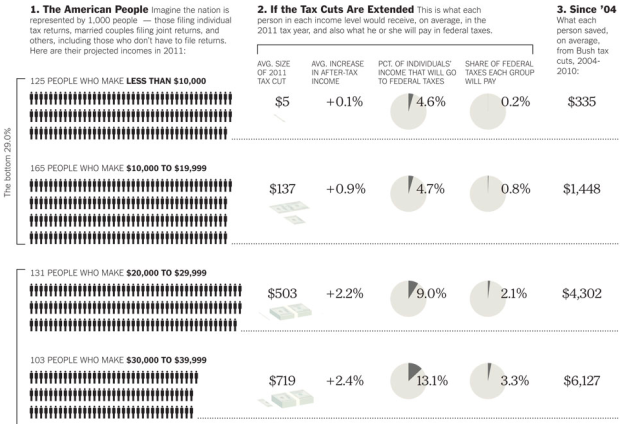

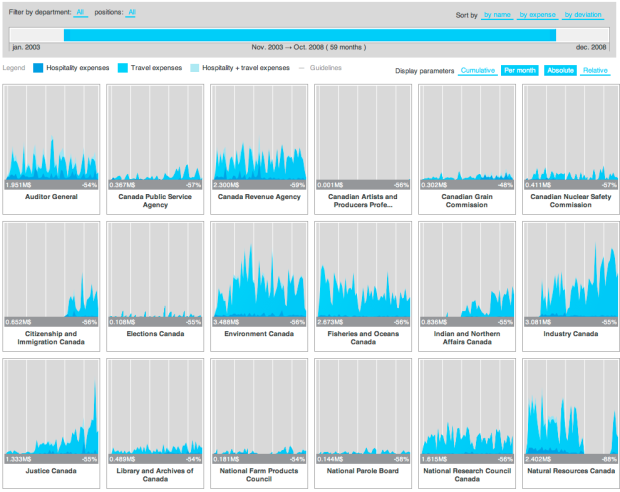
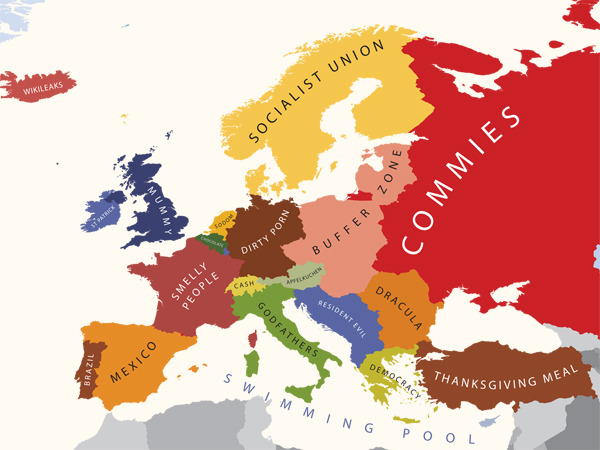

 Visualize This: The FlowingData Guide to Design, Visualization, and Statistics (2nd Edition)
Visualize This: The FlowingData Guide to Design, Visualization, and Statistics (2nd Edition)










